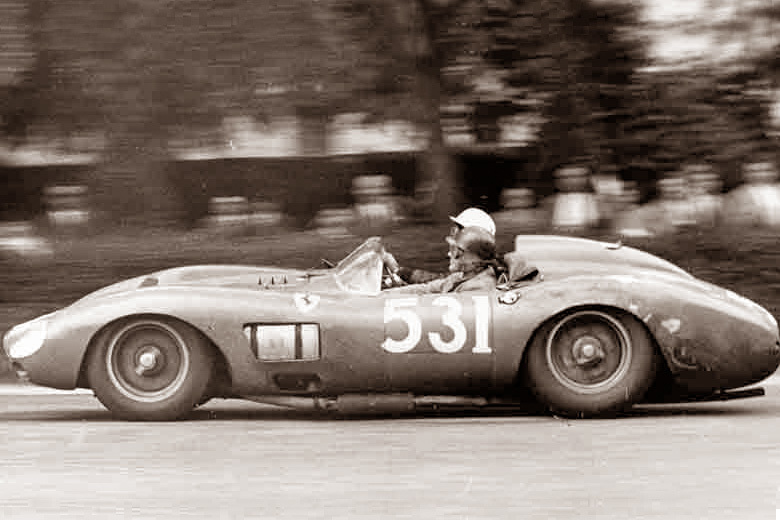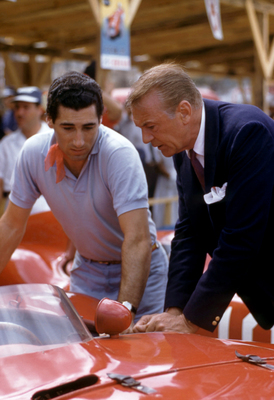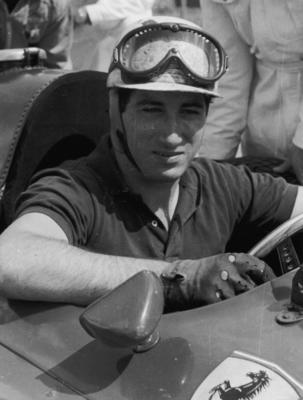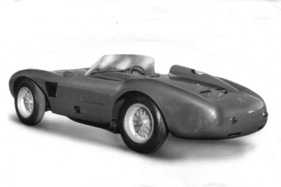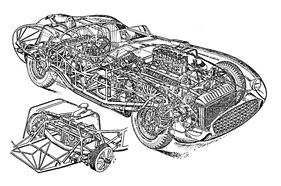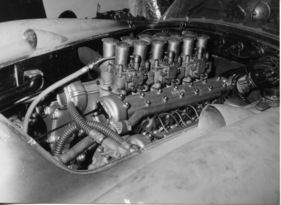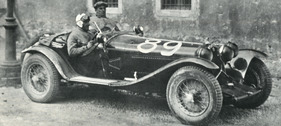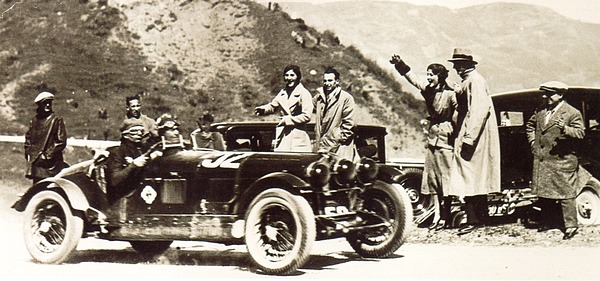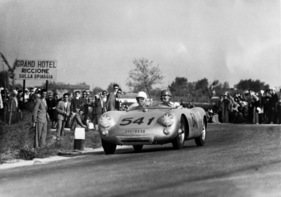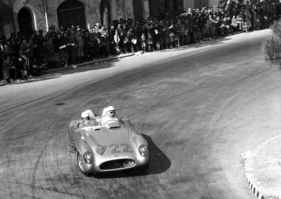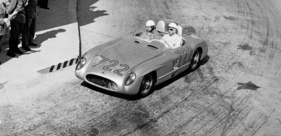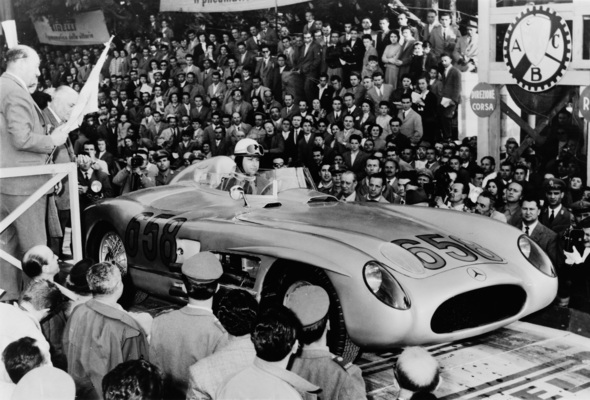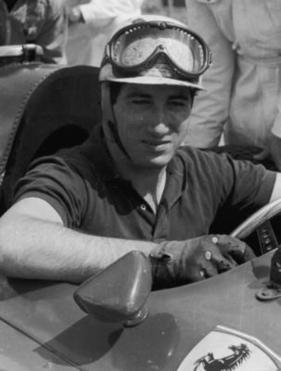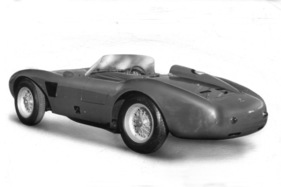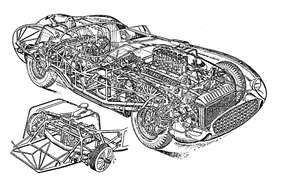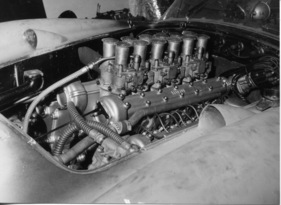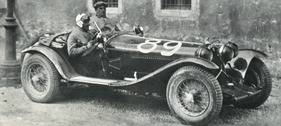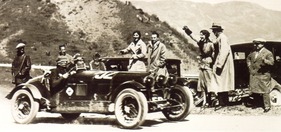Alfonso de Portago - an end with horror
Summary
His racing career lasted less than three years and yet he left a clear mark, the Marquis Alfonso de Portago. He was not lacking in courage or driving ability, and his reflexes were probably of the highest order. However, there was hardly any modesty, humility or caution in him and so he always took maximum risks, whether in war, on a racehorse or in a sports car. He died at the Mille Miglia in 1957, ending not only his life but also road racing in its classic form. This portrait of a racing driver looks back at a fast, nobleman who allowed nothing to deter him from his goals.
This article contains the following chapters
- Urge to self-destruct
- For honor and glory
- From rider to racing driver
- At the front with Ferrari
- From amateur to works driver
- Death is part of it
- "Drive carefully"
- The 1000-mile race from Brescia
Estimated reading time: 13min
Preview (beginning of the article)
On the afternoon of May 12, 1957, a Ferrari racing sports car approached the small town of Guidizzolo, not far from Brescia, at around 240 km/h. While some cheeky spectators pushed forward to get a clear view, a tire suddenly deflated. Perhaps a half-axle was also needed. The vehicle left behind a shaky eraser track on the dead-straight, narrow country road, whirled upwards, clipped a telegraph pole at eye level, hit the ditch to the right of the road and landed in the ditch on the other side in the middle of murky water. Those who were not killed had witnessed the end of the Mille Miglia, the 1000-mile race from Brescia, which had grown into a national institution over 30 years. And he had become an eyewitness to the final phase of a kamikaze flight in installments, the existence of a Spanish grandee named Alfonso Cabeza de Vaca y Leighton, Carvajal y Are, 13th Conde de la Mejorida, 17th Marquis de Portago, known to friends simply as "Fon".
Continue reading this article for free?
Photos of this article

